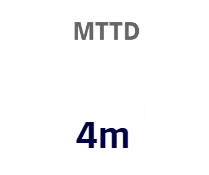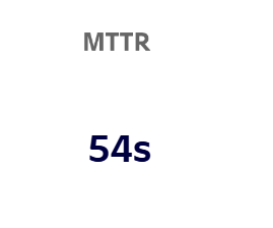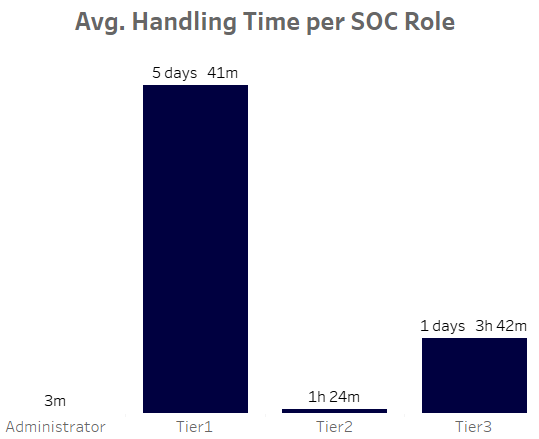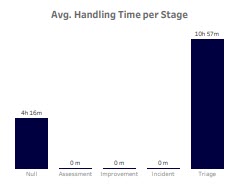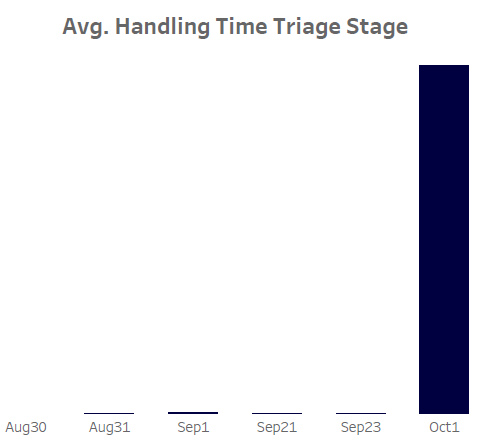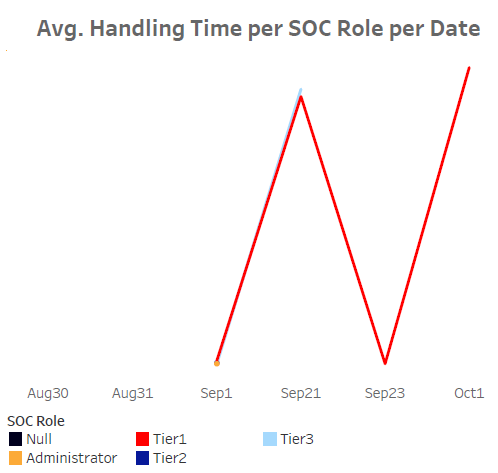Deep dive into four Advanced SOAR Reports
This document focuses on the following four reports:
Performance Analysis – Handling times
Performance Analysis – Analysts Workload
Security Posture and Sensors Performance
For more information about Advanced SOAR reports, see Using Advanced SOAR reports.
Performance Analysis – Handling times
Performance Analysis – Analysts Workload
Alert Distribution across Rules
Displays the distribution and percentage of alerts per rule type.
Event Distribution across Rules
Displays the percentage of events per rule type.
Open Vs Closed Cases
Displays the distribution of the number of open and closed cases.
Cases vs Alerts
Displays the distribution of the number of cases and alerts.
False positives vs. Handling time
A dual axis graph displays the false positive rate on the left side axis vs. the average handling time on the right axis.
The false positive rate is the percentage of non-malicious cases out of all cases.
The average handling time is the time from case creation to case closure.
The graph displays information regarding closed cases only.
Security Posture and Sensors Performance
% of Alerts per Rule
Displays the distribution and percentage of alerts per rule type.
Number of Alerts per Rule per Date
Displays the number of alerts per rule type per date.
% of Alerts per Product
Displays the distribution and percentage of alerts per product.
Number of Alerts per Product per Date
Displays the number of alerts per product per date.
False Positive Rate Vs Product
Displays the false positive rate per product type.
The false positive rate is the percentage of non-malicious cases out of all cases.
The graph displays information regarding closed cases only.
Playbook Analysis
Top 10 Automated Alerts
Displays the top 10 rules with the highest percentage of automated alerts.
An automated alert is an alert that has an automatically attached playbook.
Top 10 Alerts closed by automation
Displays the top 10 rules with the highest percentage of alerts that were automatically closed by a playbook.
The graph displays information regarding closed cases only.
False positives vs Handling time for non automated Alerts
For alerts which do not have an automatically attached playbook, the widget has a dual axis graph that displays the false positive rate on the left side axis vs. the average handling time on the right axis.
The graph displays information regarding closed cases only.
The graph is empty in case there are no alerts without a playbook.

